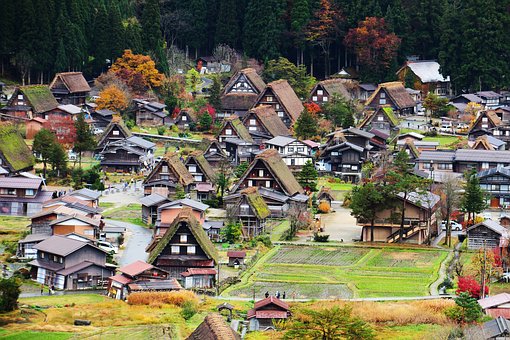Is burning fuel the purpose of a car’s existence? No. Its purpose is to transport. Burning fuel is just a way to sustain itself. Only with fuel can it have enough power to fulfill its purpose. Likewise, food, clothing and housing are what we need to maintain our existence. As for the meaning of life, there is a big difference in understanding between those who have learned the Dharma and those who have not.
~Depicted from THE RIGHT VIEW - The Way of Living and the Meaning of Life











